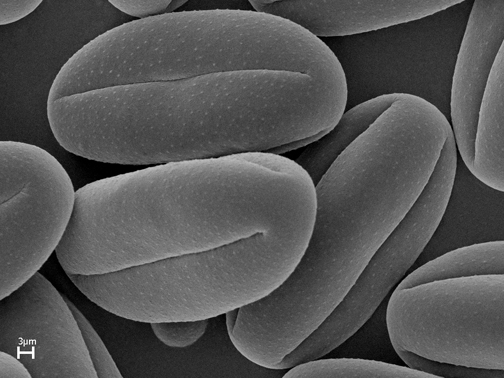| ID Characteristic | C. montana may be distinguished from other Centaurea species in the region by its usually entire leaves, and the blue-purple colour of the outermost ray florets. It may be distinguished from the cornflower, C. cyanus, by having a single (rarely up to three) flower heads, and by its being perennial, whereas the cornflower has many flower heads and is annual. The closely related C. triumfettii has more narrowly winged stems, narrower leaves and grows in rockier areas. |
| Landscape | Can be used as a ground cover plant in a sunny location |
| Propagation | Propagate by seed or basal cutting in spring. |
| Cultivation | Centaurea montana grows best in sunny positions. It tolerates some light shade. Since the plant is evergreen it can use the light in winter and early spring when deciduous trees and shrubs have no leaves. It tolerates deciduous shade better than evergreen shade and prepares to flower while deciduous plant are bare. Centaurea montana grows well in soils varying from light sand to heavy clay. The plant also grows well in acid, neutral or very alkaline soils. It tolerates drought but cannot tolerate waterlogged conditions. |
| Habitat | Southern mountains of Europe. |
